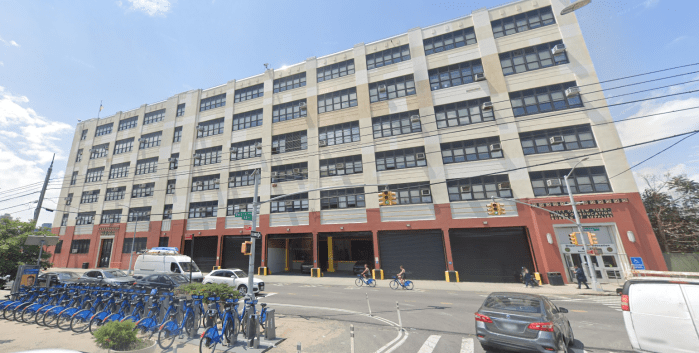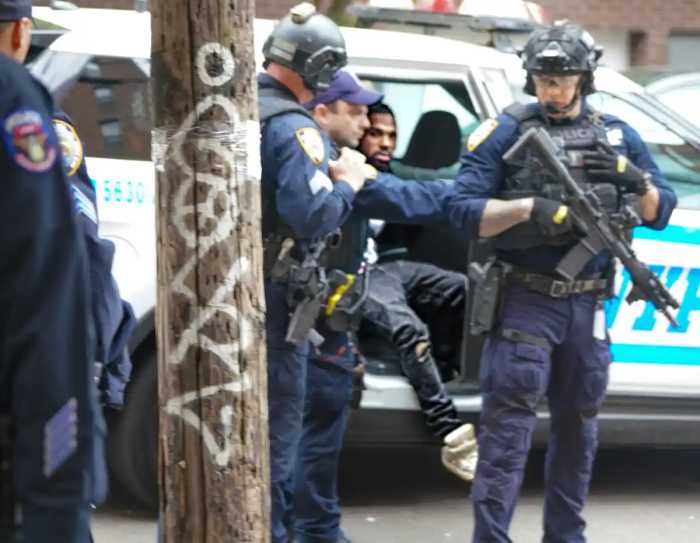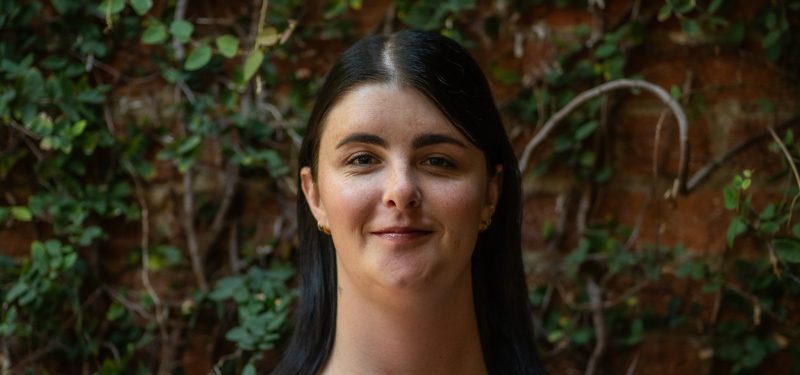Long Island City, a book from Arcadia Publishing’s Then & Now series, shows some of the changes the area has undergone in more than 100 years.
The book is a collaboration between the Greater Astoria Historical Society (GAHS) and photographer Gary Vollo. This marks the fifth book that GAHS has done with Arcadia.
GAHS Executive Director Bob Singleton said that as soon as he heard Arcadia came out with its Then & Now series he wanted to do one on Long Island City. He added that, for about the last decade, the society had been admiring photos of Vollo’s that were hanging in a local restaurant.
Vollo had also been interested in a then and now project and happened to go to the society just one week before the contract for the book was signed.
“It was one of those situations where it just clicked right there,” Singleton said.
Neighborhoods featured in Long Island City include Blissville, Broadway-Astoria, Sunnyside, Sunnyside Gardens, Hunters Point, Ravenswood, Steinway and Old Astoria Village, among others.
Using the society’s then photos as a reference, Vollo began photographing what those locations now look like. He went to more than 200 sites and countered some challenges when taking the photos.
“I always found it fascinating to see how things were and how they’ve changed,” Vallo said. “I’m just happy to document that because this is an area I love.”
Singleton explained that Long Island City documents “a very dynamic period of the community’s history” from 1870 to 1920 through the older photographs. During that time, the area developed into a modern community. Singleton said it is now going through a similar cycle as the physical landscape begins to change and different populations move into the area.
“The important thing that this book does for us is it gives us lessons from the past that can be applicable for the future,” he said. “History is a very important component of our world because it gives us those things that we should remember and can use to go forward.”
Vallo, who lived in Astoria for more than 30 years, said that he found some of the drastic changes that have taken place interesting. One example of this was an older photo of Queens Boulevard where all that is seen is the No. 7 train coming into Queens. In stark contrast to today, the photo shows “absolutely nothing, hardly a house” along that stretch.
Singleton said that sometimes it’s what hasn’t changed that can be interesting. He said that there are some things that haven’t changed because the ideas were successful and still hold true.
By providing readers with a historian’s perspective, Singleton also said that book encourages them to look at the area with new eyes and a new appreciation and respect.
“The book is an opportunity for people to think about their neighborhood,” Singleton said.
GAHS will host a lecture and book signing at 7 p.m. on Monday, December 6 at 35-20 Broadway, fourth floor, in Long Island City. The event will also help the society celebrate its 25th anniversary.
Long Island City is available at www.arcardiapublishing.com and at the GAHS web site at www.astorialic.org.

































